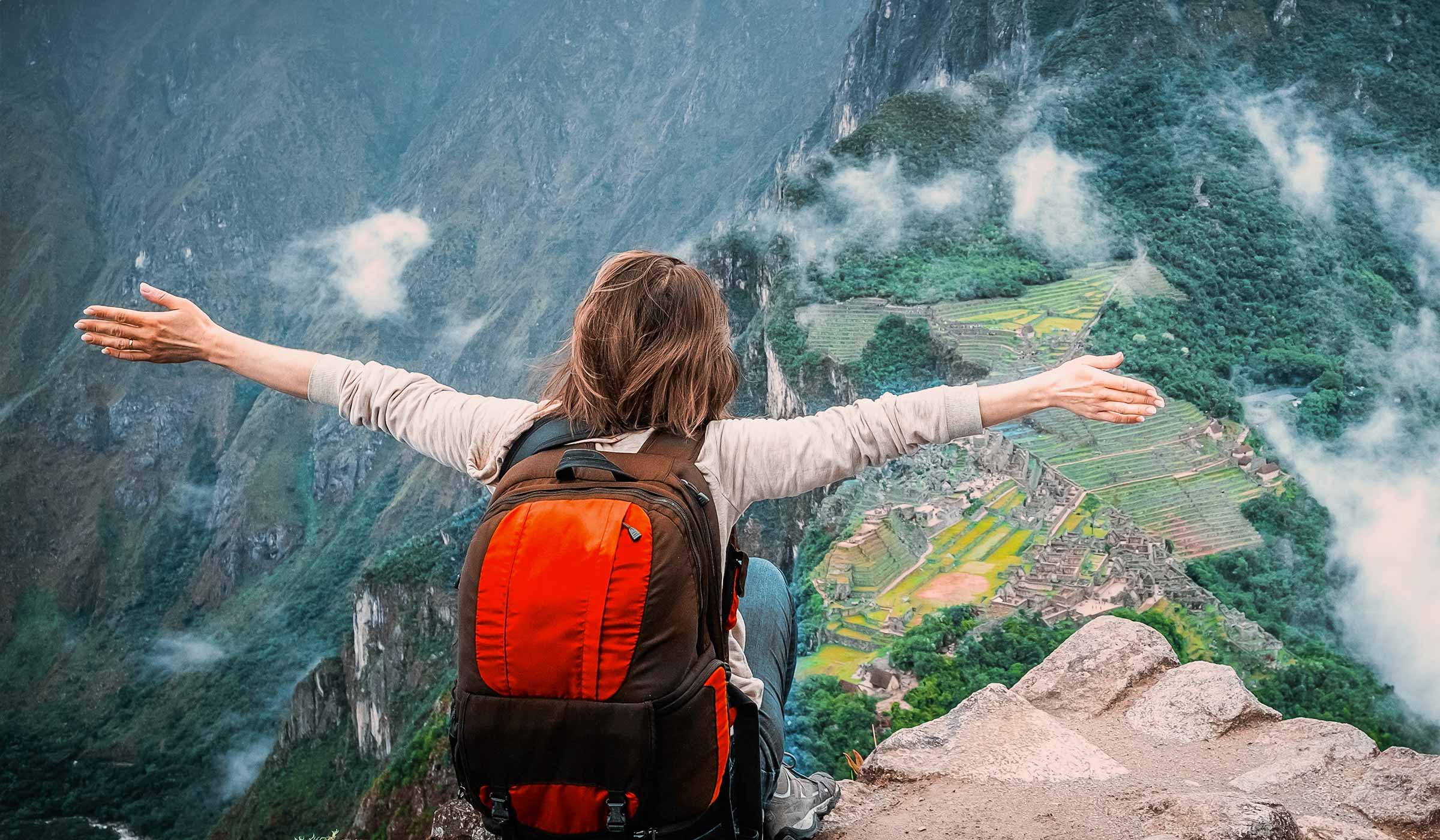Cusco’s traditional markets are vibrant hubs where ancient customs collide with daily life. The San Pedro Market (Mercado Central) is the most famous—a maze of stalls selling rainbow textiles, fresh produce, and chicharrón (fried pork). Nearby, the San Blas Market focuses on handmade crafts, like alpaca sweaters and silver jewelry, while the Pisac Market (in the Sacred Valley) bursts with pottery and weavings every Sunday. Smaller markets, like Ttio or Wanchaq, cater to locals, offering rocoto relleno (stuffed peppers) and humitas (corn tamales).
These markets aren’t just shopping spots. They’re social centers where Quechua-speaking vendors trade stories, healers sell herbs like muña for altitude sickness, and butchers display whole cuy (guinea pigs). Bargaining is expected, but prices are already low—think $5 for a wool hat. Arrive early (7–9 AM) for the freshest food and fewer crowds. Watch your belongings; pickpockets target distracted tourists.
How to Get to the Markets
Most markets cluster near Cusco’s center. San Pedro is a 10-minute walk from Plaza de Armas. Taxis from hotels cost ~5–10 soles ($1.50–3). For Pisac Market, take a colectivo (shared van) from Calle Puputi street—1.5-hour ride, ~10 soles. Tours often include transport.
What to Wear for Market Visits
Dress casually and blend in. Wear comfortable shoes (cobblestones are uneven) and layers—mornings are chilly. Avoid flashy jewelry; crowded spaces attract thieves. A crossbody bag keeps hands free for sampling empanadas or negotiating prices. Hats and sunscreen shield against harsh sun at open-air markets like Pisac.
Best Time to Visit
Markets operate year-round, but dry season (May–October) offers sunny days for exploring. Sundays are liveliest at Pisac and Chinchero Markets. Rainy season (November–April) sees fewer tourists, but stalls may close early during downpours. Festivals like Inti Raymi (June) or Señor de los Temblores (March) add parades and traditional dances to market days.
Recommended Tours
- Cusco Market & Food Tour: Taste local dishes and learn about ingredients.
- Sacred Valley Artisan Route: Visit Pisac, Chinchero, and Ollantaytambo markets.
- Textile Workshops: Weave with Quechua artisans in communities like Accha Alta.
- Street Food Crawl: Sample anticuchos (skewers) and quinoa desserts.
- Historical Market Tour: Explore San Pedro’s hidden sections, like the meat aisle.
What to Pack
- Reusable Shopping Bag: Peru bans single-use plastics; vendors charge for bags.
- Small Bills (Soles): Few stalls accept cards, and change is scarce.
- Hand Sanitizer: Use before eating street food (no running water).
- Camera (Discreet): Ask permission before photographing people.
- Notebook: Jot down Quechua phrases or herbal remedies.
Government & Cultural Restrictions
Peru’s Ministry of Culture bans exporting pre-Columbian artifacts or items made from protected species (e.g., vicuña wool without certification). At markets, avoid buying chullo hats with Nazi symbols—these are culturally insensitive. Photography restrictions apply in some sections (e.g., meat stalls in San Pedro). During protests or strikes, markets may close suddenly. Heavy rain can cancel Sacred Valley market trips due to landslides.
Age & Accessibility Considerations
Markets are family-friendly, but crowded aisles in San Pedro are tough for strollers. Seniors might find Pisac’s uphill stone paths challenging. Food tours require caution—spicy dishes or raw fruit may upset sensitive stomachs. Kids enjoy candy stalls (try manjar blanco caramel), but watch for street dogs.
Local Vendors & Communities
Market vendors are often Quechua farmers or artisans from villages like Chincero or Amaru. Many women wear polleras (layered skirts) and montera hats, symbols of marital status. Haggling is fine, but respect their work—a rejected offer might earn a cheeky “¡Ayni!” (Quechua for “reciprocity”). Some healers (curanderos) sell mesa ritual items; ask questions politely.
Culture & Traditions in Market Life
Markets preserve Inca-era trade systems called trueque (barter). In Pisac, villagers swap potatoes for corn—look for rare purple papa nativa. Textiles tell stories: diamond patterns symbolize mountains, zigzags rivers. At San Pedro’s juice stands, hierba luisa (lemon verbena) tea calms altitude sickness. During Todos los Santos (November), bread dolls (t’anta wawas) honor the dead. Avoid pointing with fingers; locals gesture with lips.
Final Tips & Alternatives
For fewer crowds, visit Tipón Market (Wednesdays) or Urubamba’s Sunday fair. Skip touristy San Blas for Mercado Ttio, where locals buy chuno (freeze-dried potatoes). If markets overwhelm, try Cusco’s ChocoMuseo for chocolate-making workshops. Always greet vendors with “¡Buenos días!”—friendliness unlocks better prices.







No comment yet, add your voice below!